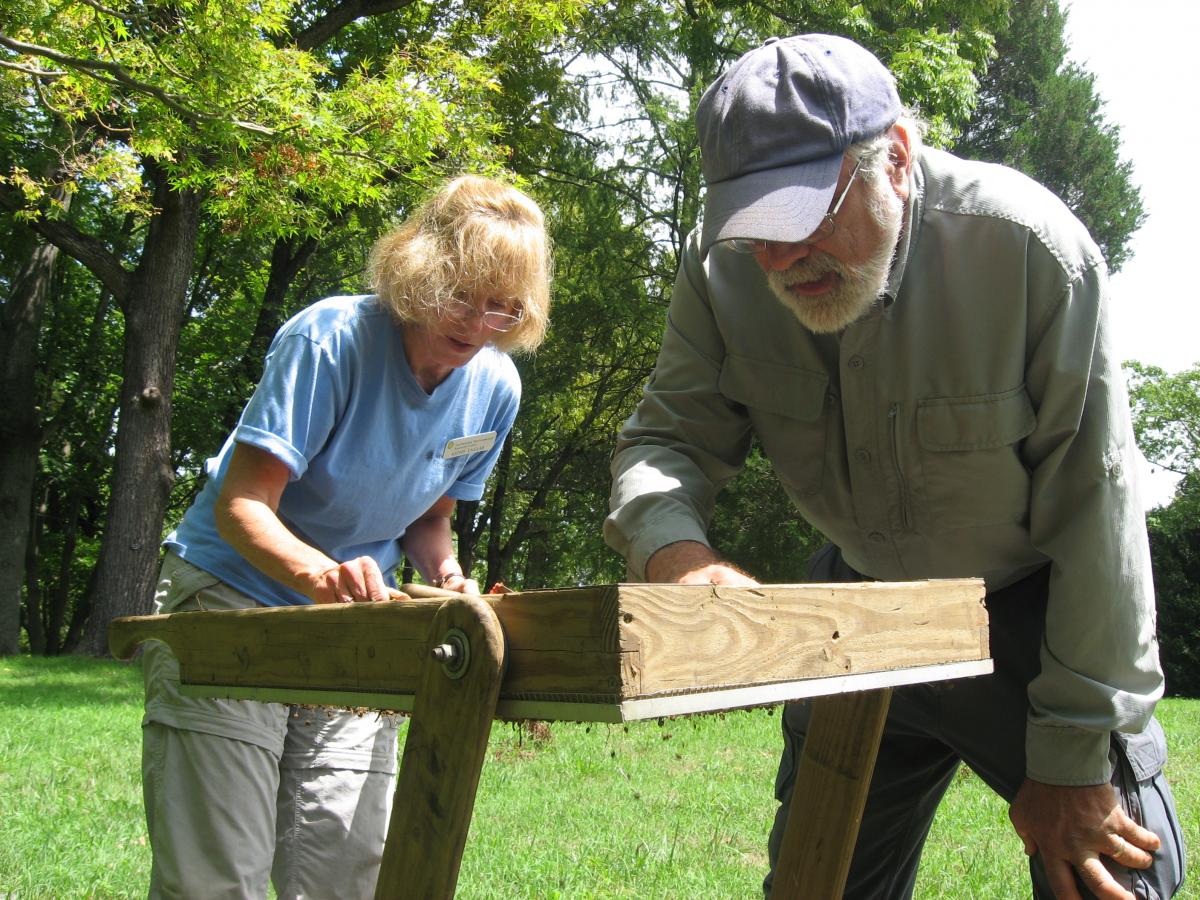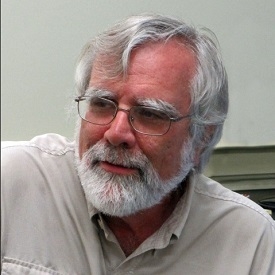
Archaeologists study many aspects of human history, from the things people made and discarded to the landforms and ecosystems they altered. Environmental archaeology focuses on how human groups alter the environment and then adapt to that altered environment. SERC’s archaeology laboratory (SEAL) engages the public, largely through the Citizen Science Program, in the identification and exploration of sites in the Chesapeake Bay watershed. Our goals are to:
- Document the dynamic interplay between identifiable households (1650s to 2000) and extended families (aboriginal sites from 12,000 BCE to 1650 CE) and the environments they occupied, particularly in the Rhode River Estuary
- Develop general models of the cumulative and multiplying effects of group decisions on local ecosystems
We think that an understanding of the effects of decisions by different segments of any community, rather than assuming that all parts of a community alter an ecosystem in the same way, provides a sound scientific basis for policy development aimed at managing adverse environmental effects.





